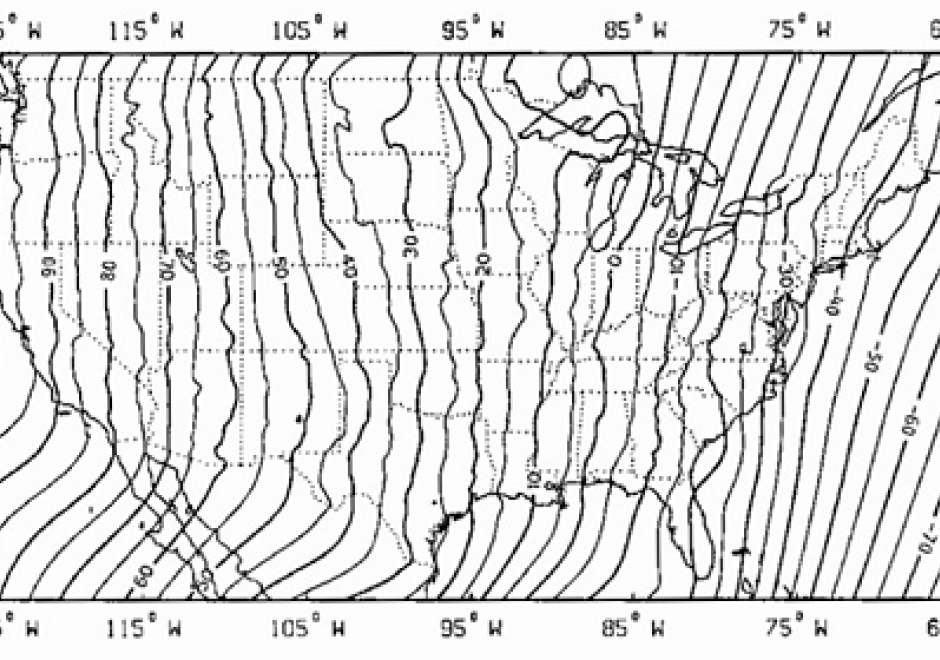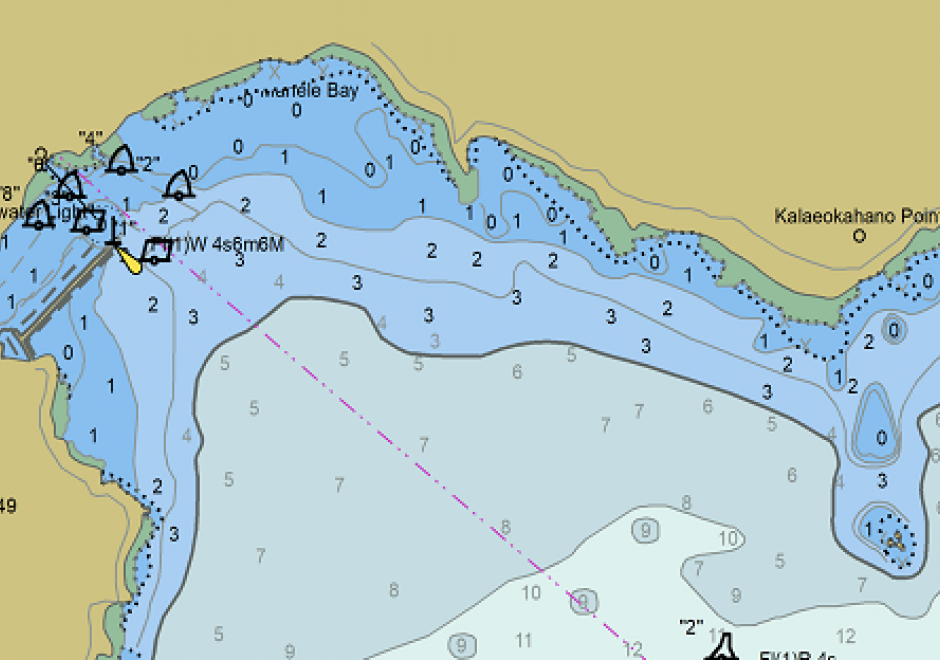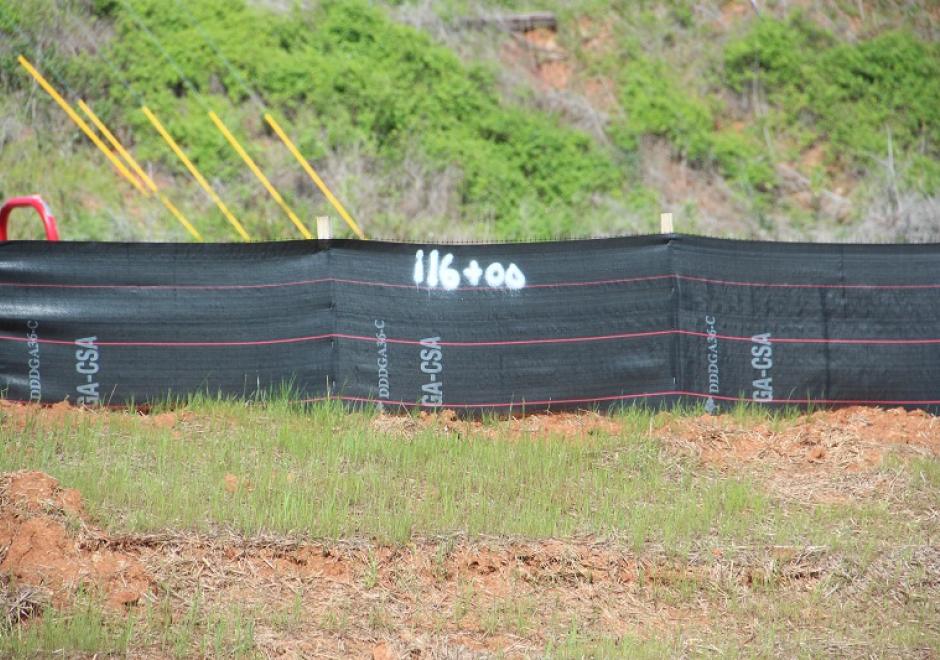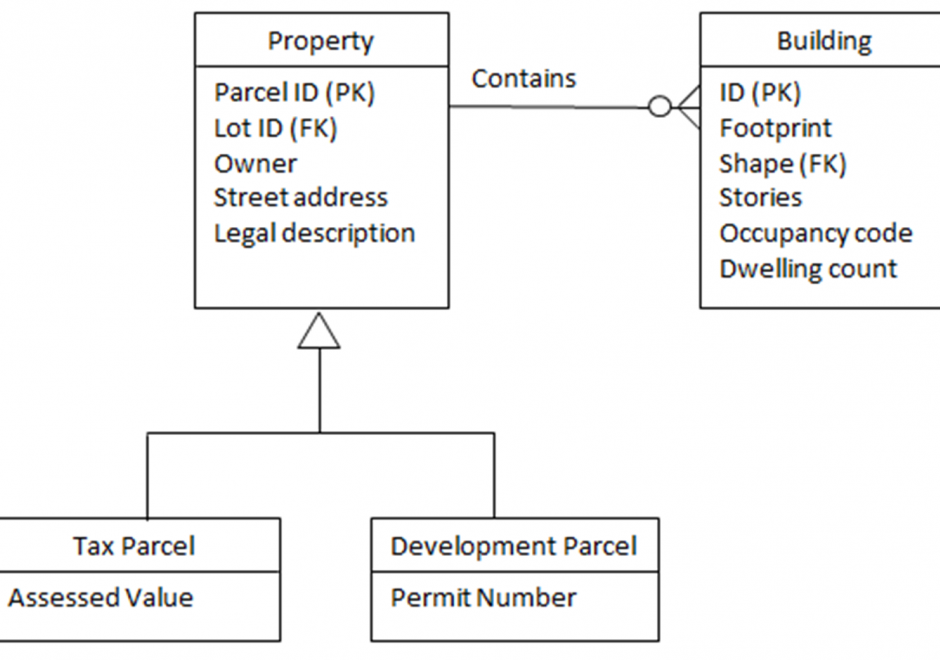DM-41 - Fuzzy logic

- Describe how linear functions are used to fuzzify input data (i.e., mapping domain values to linguistic variables)
- Support or refute the statement by Lotfi Zadeh, that “As complexity rises, precise statements lose meaning and meaningful statements lose precision,” as it relates to GIS&T
- Explain why fuzzy logic, rather then Boolean algebra models, can be useful for representing real world boundaries between different tree species






DM-23 - Fields in space and time